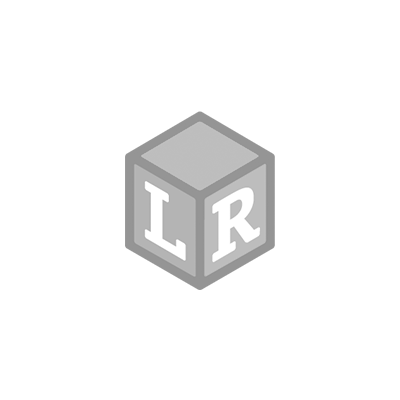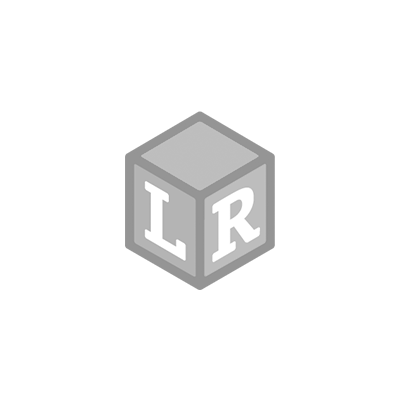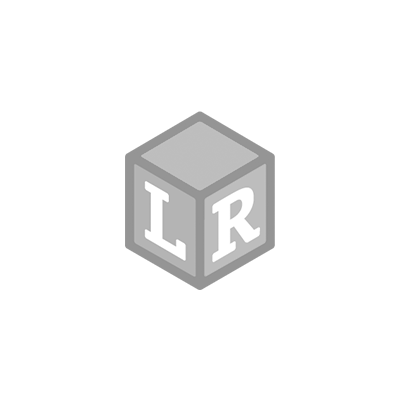
Solve Our Continental Drift Jigsaw
- Learning Resources Posted On Dec 10, 2020 | Coding Critters World Adventures
Curious Coding Critters dinosaurs Rumble & Bumble visited icy cold Antarctica on their Coding Critters World Adventures Series where they found a dinosaur fossil frozen in time. But how did it get there?
Did you know the continents of the world used to be in different positions? Find out how, then see if you can solve our continental drift jigsaw puzzle.
Click here to download the blank Pangaea map
Click here to download your Pangaea puzzle pieces

What is a continent?
A continent is a large area of land separated by water (or other natural features such as mountains).
There are 7 continents on our planet:
- Asia
- Africa
- Europe
- North America
- South America
- Australia/Oceania
- Antarctica
Fun fact #1 The largest continent is Asia because it has the biggest land area. More humans live there than anywhere else in the world.
Fun fact #2 Continents make up one third of the planet, the other two thirds are water.
What is continental drift?
Many years ago, scientists looked at our planet and noticed that certain continents looked like they could fit together. And in the 1900s, some scientists came up with an answer. They called it the theory of continental drift.
Their idea was that all the continents on Earth have been slowly drifting apart from one another for billions of years.
Because of this, the 7 continents have moved from where they once were. In fact, billions of years ago, all 7 continents were one huge supercontinent.
This mega supercontinent was called Pangaea.
Why do continents move?
The continents have been moving very slowly and it took them 225 million years to move from Pangaea to where they are now. That’s really slow. The supercontinent has moved super slow.
The surface of the Earth is made up of rock of slabs of rock. These slabs are called tectonic plates.
Geologists (scientists who study rocks) know that continental drift is caused by large slabs of rock under the ocean.
Deep below us the temperature gets so hot that it melts the rocks. As this rock melts and cools, it causes the tectonic plates to move. Our continents sit on top of these plates - and they are always moving (very slowly of course). This is why the continents have been moving apart for millions of years.
How do we know the continents have moved?
Scientists know that the continents used to be in different positions because of dinosaur fossils.
Paleontologists (scientists who study fossils) have found lots of similar types of fossils scattered on different continents across the globe.
So that means Bumble is right. Antarctica is too cold for dinosaurs. But before continental drift, all the continents were connected in the middle, so the temperature was very different.
That explains why all these fossils were found so far apart:
Massopondylus
Massopondylus is prosauropod (this means it was an early version of a dinosaur). A bit like Brachiosaurus and Diplodocus. Paleontologists have found Massopondylus fossils in both southern Africa and North America. This is evidence that these two continents were once connected.
Mesosaurus
Mesosaurus is an ancient reptile. Its fossils have only been found in South America and southern Africa. Because of its size of one metre (3.3 feet), it’s very unlikely that it could swim across the entire Atlantic Ocean! Which means both continents used to be connected.
Iguanodon
The Iguanodon was one of the very first fossils discovered. They were herbivores (they only ate plants) and lived in the late Jurassic and early Cretaceous period. That’s 161.2 million to 99.6 million years ago! Their fossils have been discovered in England, Belgium and the USA. But some have even been found in Africa, Australia and across Asia! That’s a lot of continents!
Lystrosaurus
Lystrosaurus is Triassic reptile and its fossils have been found in Antarctica, India, China, Mongolia, European Russia and South Africa. That explains why Rumble and Bumble found a dinosaur in Antarctica! This is evidence that many dinosaurs used to live on a supercontinent.
Can you solve our continental puzzle?
When you look at an image of planet Earth, do you notice that all the continents look like they might fit together?
In fact, they look a bit like jigsaw puzzle pieces. That’s exactly how scientists came up with the idea of continental drift.
See if you can solve our continental puzzle.
Download your free printable continental puzzle. Cut out the continents and assemble the pieces on the Earth. Don’t worry, if you get stuck just like the fossil in the ice that Rumble and Bumble found, because we can help. Place each puzzle piece in the correct location on the Critters map. There are no labels so use the images on the pieces to help you.
Hint: Use the matching dinosaurs on each piece to guide you (e.g. the line of one type of dinosaur will start in Australia and end in Antarctica).
When you’ve completed it, try and create your own Supercontinent.
Don’t forget to think of a good name for it (we like the name Bumble-opia). Then send us a photo, we’d love to see what all you creative Critters fans come up with. Follow Learning Resources on Facebook, Instagram and Twitter.
Go on a learning adventure with the Coding Critters. Read more Coding Critters World Adventures Series and learn about Serengeti Animal Facts for Kids, 10 Fascinating Facts About Peru, and 10 Facts About Mars for Kids.











